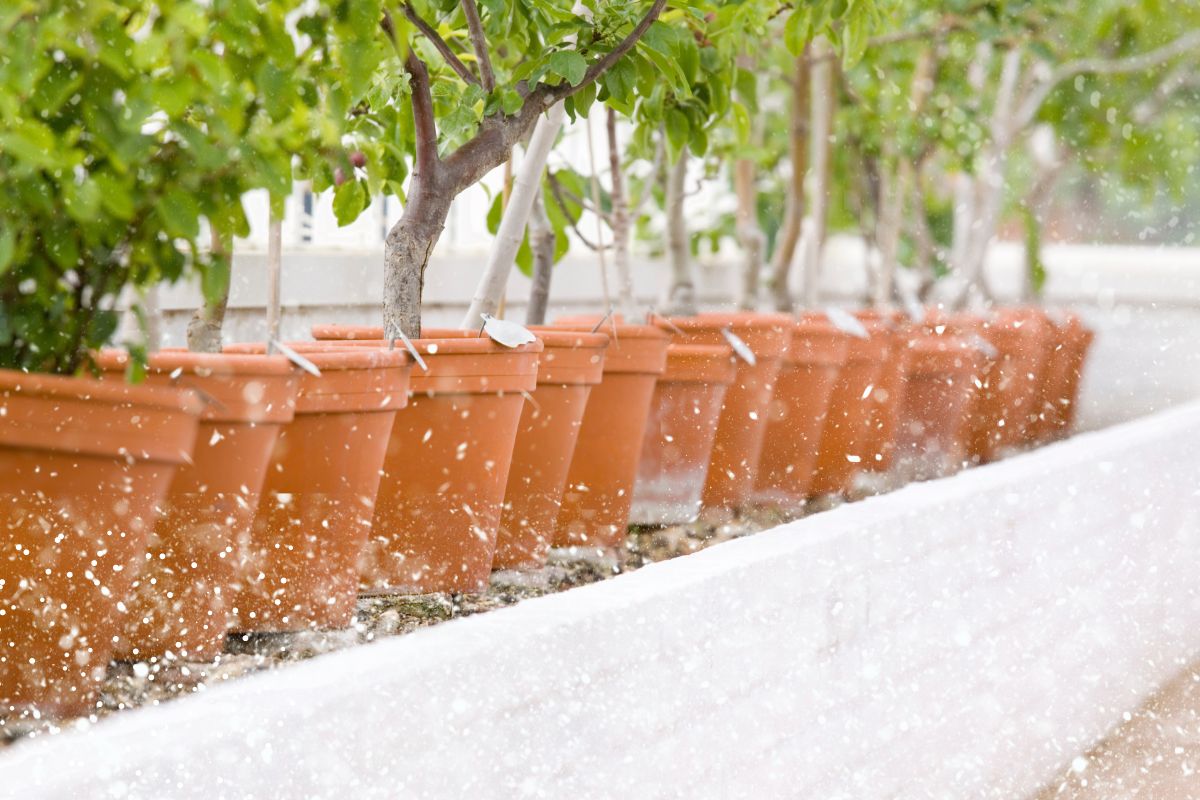Potted fruit trees can survive the winter when taken care of properly. Potted fruit trees are more vulnerable to cold temperatures than those planted in the ground, as the roots are more exposed to the freezing air. However, they can survive when taken care of properly.
This article discusses potted fruit trees and how they can endure the winter weather.
Which potted fruit trees survive the winter best?
Some fruit trees are considered more hardy and tolerant of cold temperatures and may be more likely to survive the winter in a pot.
1. Dwarf sour cherry trees
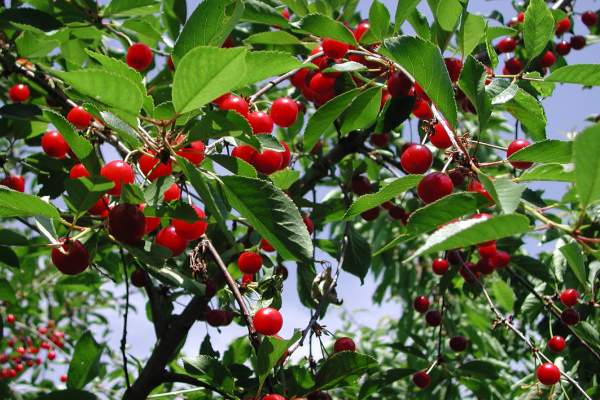
Scientific Name: Prunus cerasus
These trees are hardy to USDA zone 3 and can tolerate temperatures below -40°F. They are also adaptable to growing in containers.
2. Meyer lemon trees
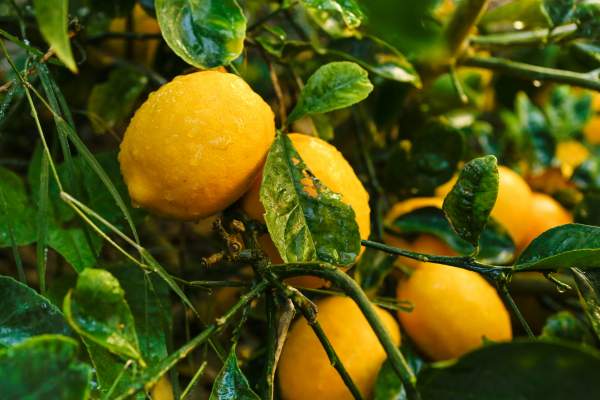
Scientific Name: Citrus x meyeri
These trees are hardy to USDA zone 9 but can survive in cooler climates if protected during winter. They also thrive in containers and can be brought indoors during the colder months.
3. Fig trees
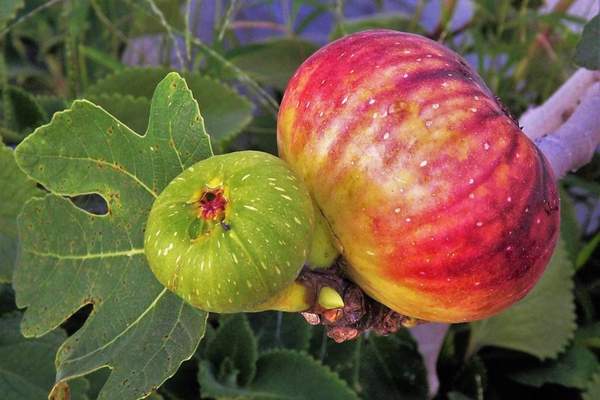
Scientific Name: Ficus carica
Some varieties of fig trees are hardy to USDA zone 6 and can tolerate temperatures down to -10°F. They are also adaptable to growing in containers.
4. Dwarf apple trees
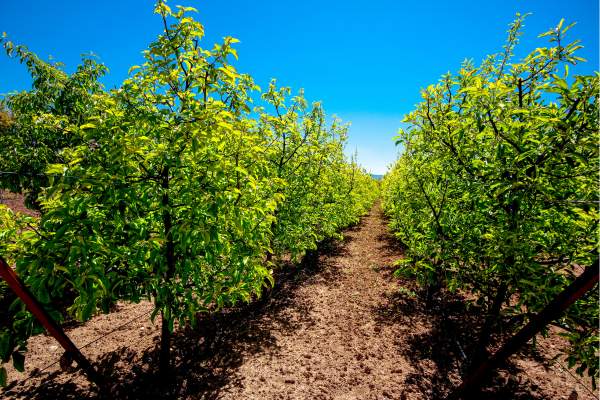
Scientific Name: Angophora hispida
Some varieties of dwarf apple trees are hardy to USDA zone 4 and can tolerate temperatures down to -30°F. They are also well-suited to container growing.
5. Dwarf peach trees
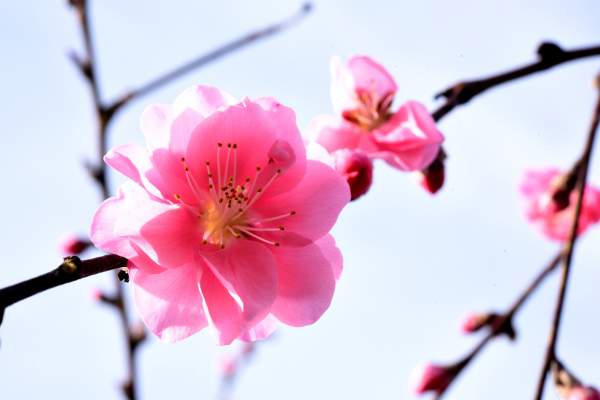
Scientific Name: Prunus persica
Some varieties of dwarf peach trees are hardy to USDA zone 5 and can tolerate temperatures down to -20°F. They can be grown in containers but may require additional winter protection.
These fruit trees are more hardy and adaptable to growing in pots but still require proper care and attention during winter to survive.
How to help your potted fruit tree survive the winter?
1. Move Potted Fruit Trees to a Sheltered Location
Moving the potted fruit plant to a sheltered location, such as a garage, shed, or greenhouse, is a good idea during the harsh winter months. This will protect the plant from harsh winds and cold temperatures.
2. Provide Insulation
If shelter isn’t available, providing insulation to potted fruit trees during winter can help protect the roots from freezing and ensure their survival.
Here are some steps to follow when providing insulation:
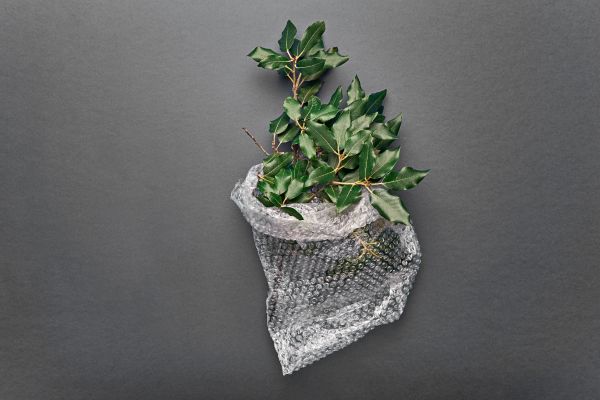
- Choose an insulation material you can use to insulate the pots, such as burlap, bubble wrap, or foam insulation.
- Wrap the pot with the insulation material, making sure to cover the sides and bottom of the pot. Secure the insulation with tape or twine.
- Use additional insulation material, such as straw or leaves, to fill in the gaps between the pot and the insulation material. This will provide additional insulation and help keep the roots warm.
- Monitor moisture levels during the winter months because the soil in the pot can dry out quickly. Be careful not to over-water because this can lead to root rot.
- Add an additional insulation layer, such as a blanket or tarp, around the pot for protection.
Following these steps can help protect your potted fruit trees from the cold and ensure their survival during the winter months.
3. Water the Potted Fruit Trees Properly
Watering potted fruit trees properly during winter ensures their survival and good health.
Here are some tips for watering potted fruit trees during the winter:
- Before watering, check the soil moisture level by sticking your finger about an inch into the soil. If it feels dry, it’s time to water.
- Water the tree deeply until the water comes out of the drainage holes at the bottom of the pot, but do not water it too frequently. It’s better to water deeply but less often than to water shallowly more frequently, as this can lead to root rot.
- During cold and wet weather, the tree will require less frequent watering. In dry and sunny weather, the tree may require more frequent watering. Be sure to adjust your watering schedule accordingly.
- Avoid cold water from outdoor hoses in winter. Instead, use room temperature water to prevent shocking the roots.
- If you have difficulty determining when to water, consider using a moisture meter to measure the soil moisture level. This can help you determine when it’s time to water and prevent over or under-watering.
By following these tips, you can help ensure that your potted fruit trees receive the proper amount of water during winter and emerge healthy and vibrant in the spring.
4. Prune the Plant
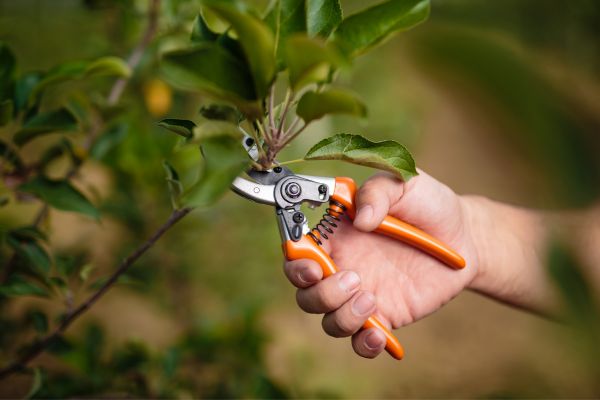
Pruning potted fruit trees during the winter can help promote their health and growth and maintain their shape and size.
Here are some tips for pruning potted fruit trees during the winter:
- It’s best to prune potted fruit trees during the dormant season, which is typically in late winter or early spring before new growth appears. This will help minimize stress on the tree and reduce the risk of disease.
- Begin by inspecting the tree for any dead, diseased, or damaged branches, which can be pruned back to healthy wood. This will help prevent the spread of disease and encourage healthy growth.
- Remove any branches that are growing too close together or crossing over each other, as this can cause rubbing and damage. This will also improve air circulation and sunlight penetration.
- Prune back any branches that are growing too long or out of shape to maintain the desired shape and size of the tree. Be careful not to remove too much at once, as this can stress the tree.
- Use clean and sharp pruning tools to make clean cuts that will heal properly. Disinfect the tools with rubbing alcohol or a bleach solution between cuts to prevent the spread of disease.
By following these tips, you can help ensure that your potted fruit trees remain healthy and productive and continue to provide you with fresh fruit season after season.
5. Consider using growing lights
Using grow lights during the winter can be a great way to help potted fruit plants thrive when there is not enough natural sunlight.
Here are some tips to consider when using grow lights:
- There are several types of grow lights available, including fluorescent, LED, and high-intensity discharge (HID) lights. LED lights are the most energy-efficient and versatile option for most indoor gardening needs.
- Different types of fruit trees have different light requirements, so it’s important to research the specific needs of your plants. Generally, most fruit trees require at least 6-8 hours of light per day, but some may require more.
- Position the lights to provide even coverage to all parts of the plant. The lights should be close enough to the plant to provide adequate light but not so close that they damage the plant or dry out the soil.
- To ensure that the plants receive consistent light, use a timer to turn the grow lights on and off at the same time each day.
- Grow lights can generate heat, so it’s important to monitor the temperature around the plants and adjust the position of the lights if necessary to prevent overheating.
Using indoor grow lights during winter can help your potted fruit plants receive the light they need to grow and thrive, even when natural sunlight is limited.
